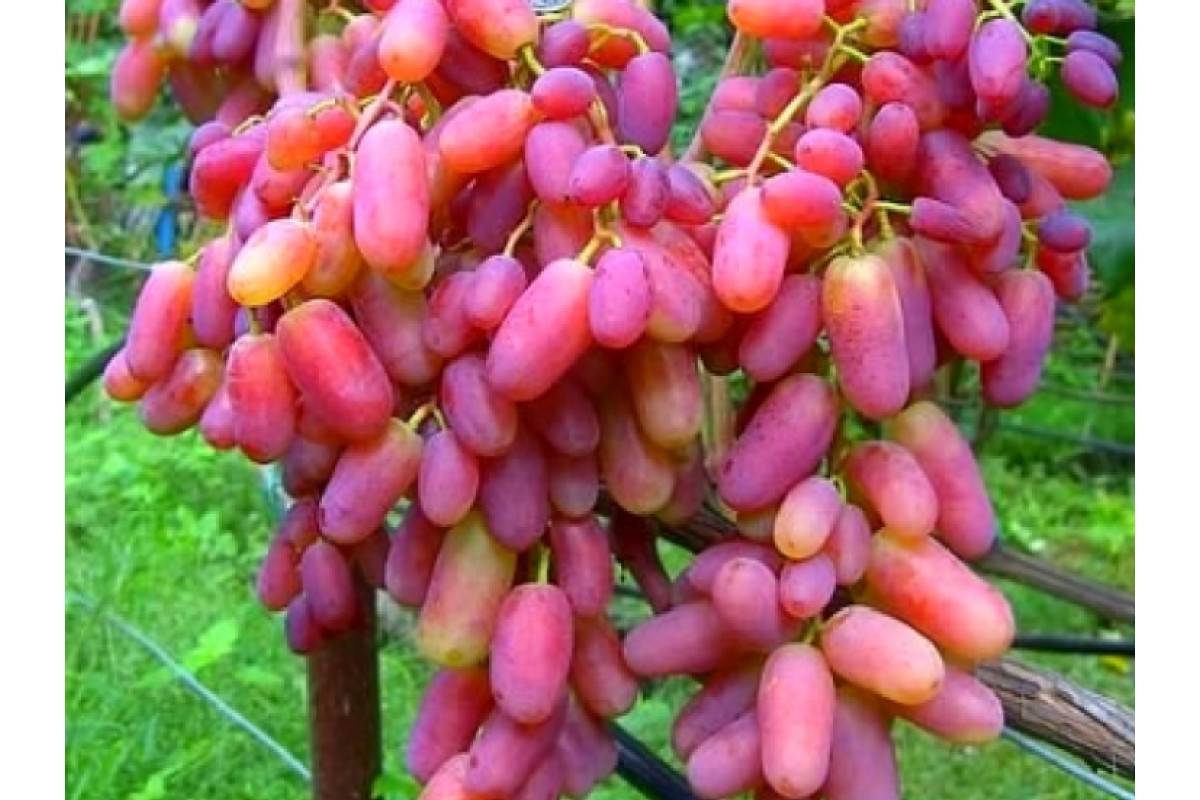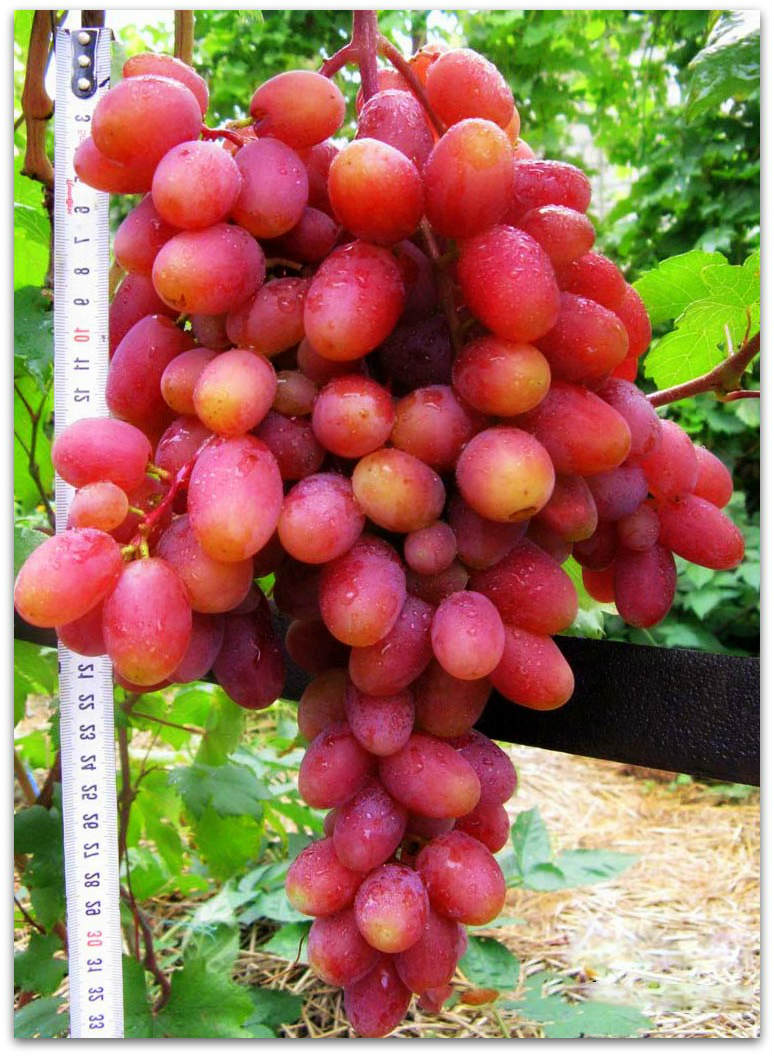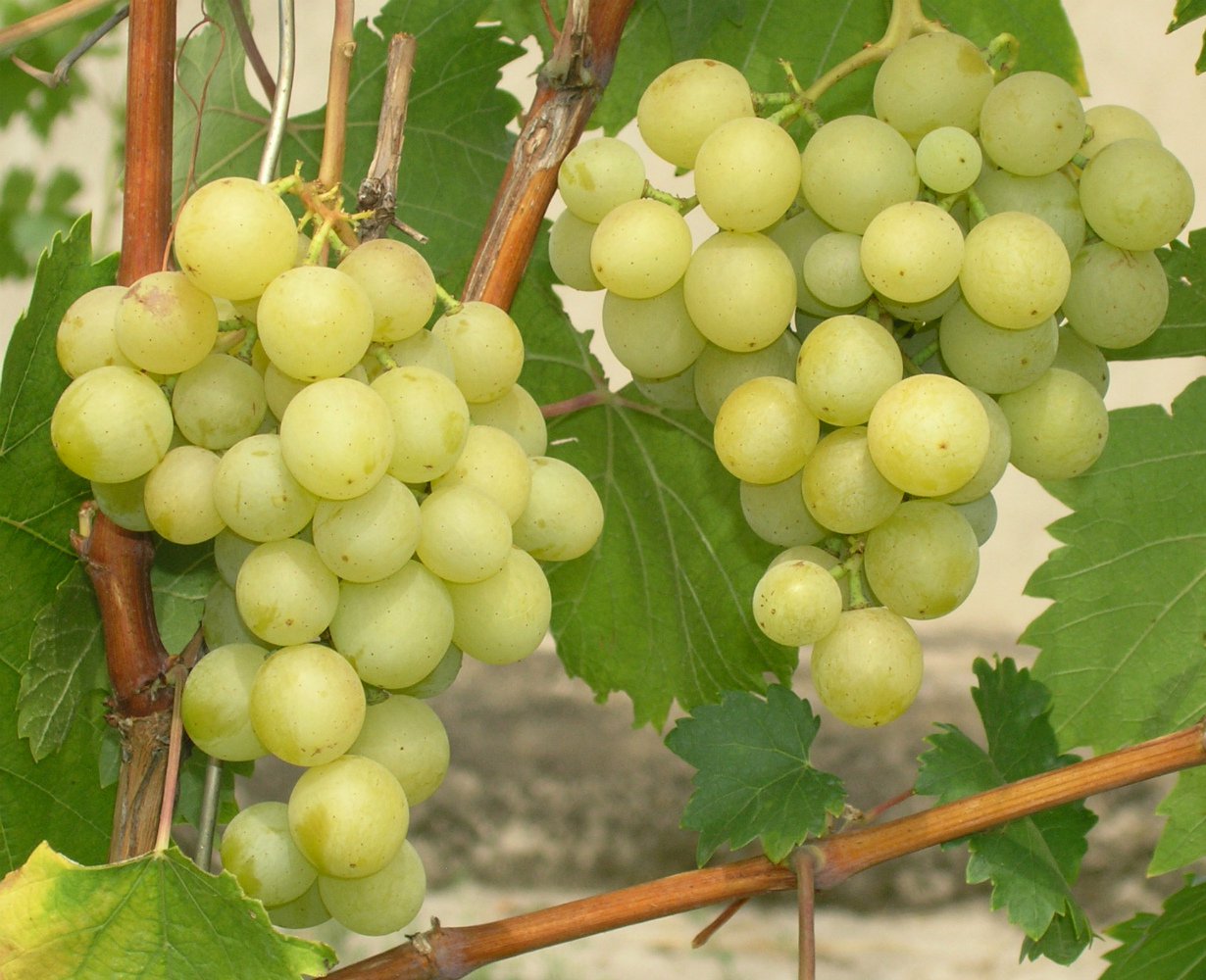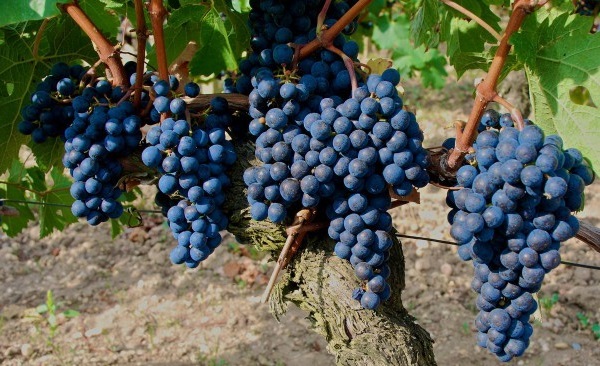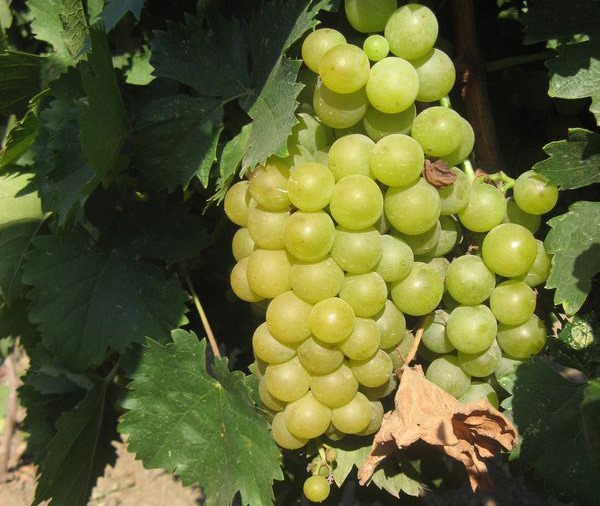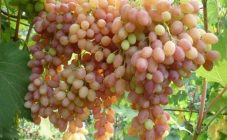Content:
The Julian grape is familiar to many summer residents and gardeners. It is more correct to callhim a hybrid, since the variety is obtained by crossing the Talisman and Rizamata. It is a very early variety of pinkish-green color and sweet taste.It has astheir pros and cons.
General information
The the variety was bred by V. Kapelyushny - the famous Rostov amateur breeder and winegrower, who managed to getquite a new kind, combining init the best qualities of "parents". To the attractive appearance of the pink Talisman variety, the breeder added the characteristics of the Central Asian Rizamat, the sweetness and juiciness of southern grapes. The complex resistance of the variety gave such technical characteristics thatallow grow todayhim even in Siberia, where viticulture has recently been developinghigh pace. But Julian is more common in central Russia, including in the Moscow region.
Today itone of the most popular non-covering varieties thatcombines high consumer qualities. JulianNot only delicious, but also fertile. Besides,he refers to early maturing varieties thatvery important in conditionsshort summermain parts of Russia. Grapes are able to decorateany vineyardtheir large branched bunches, each of which reaches 1 kg, or even more.
The grapes are oblong, 15-20 g each, dense, crunchy, but not hard.Exactly the density of the skin saves the grapesfrom wasps, butnearly does not affect the taste. The berries are aromatic and sweet, as the variety is differenthigh sugar content and pronounced fruity notes. In addition, bunches of grapeslong maintain a presentable appearance, which, in combination withhigh makes it taste likethem successful in trade.
Julian grapes: variety description
Ripens within 3 months, first harvestyou can shoot already in late July - early August.In the course of ripening the grapes are yellowish at first, and then turn pink with a pleasant yellow tint.
The bushes are tallpowerful with a strong developed rootsystem... Having bisexual flowers, withany weatherexcellent pollinated by bees.
Varietycan be called unpretentious to weather conditions andenough easy to care for. Uncovering Julian in the southern regionspractically does not need protection of the vine in winter and is drought tolerant in summer. In the northern regions, it is able to withstand frosts down to -23 ° C, but experienced gardeners still recommend covering the grapes with straw with manure and film, since eventhe most frost-resistant varieties under these conditions are notis always endure the winter unprotected.
Agricultural technology of cultivation
Characteristics of the site for the landing of Julianmust match the following parameters:
- illumination. howany other varietal grapes,the kind needsbig the amount of sun.Ideallyif it is the southern slope of the site orthe most solarhim side. It is better to cover the vine from the north with plastic wrapfrom wind and drafts, as grapesthem badly endures and will hurt.
- the soil.Excellent grows and bears fruit in a medium acidic andlow acid soils. If the soil is excessively acidified, then liming will help (200 g of lime powder per 1 sq. M.);
- fertilizers.Julian loves fertilized soil, therefore, if necessary, mineral and organic fertilizers (manure or compost) should be applied.
Havingexcellent developed rootsystem, gradeenough it just takes root, and therefore does not cause problems with planting. In principle, this variety is planted in the same way as other varieties of cultivated grapes.
But the landing dates are adjusted depending onfrom region. So, for the southern regionsoptimal planting time will be October-March, as winters are warm and mild. In central Russia and othersmore northern areas of planting grape seedlings are betterspend after budding on trees.
Julian's care consists of watering, pruning andtimely feeding. Watering grape plantings is recommended for the seasonsome time:
- first watering - before flowering;
- the second - at the end of flowering;
- regularly during dry periods.
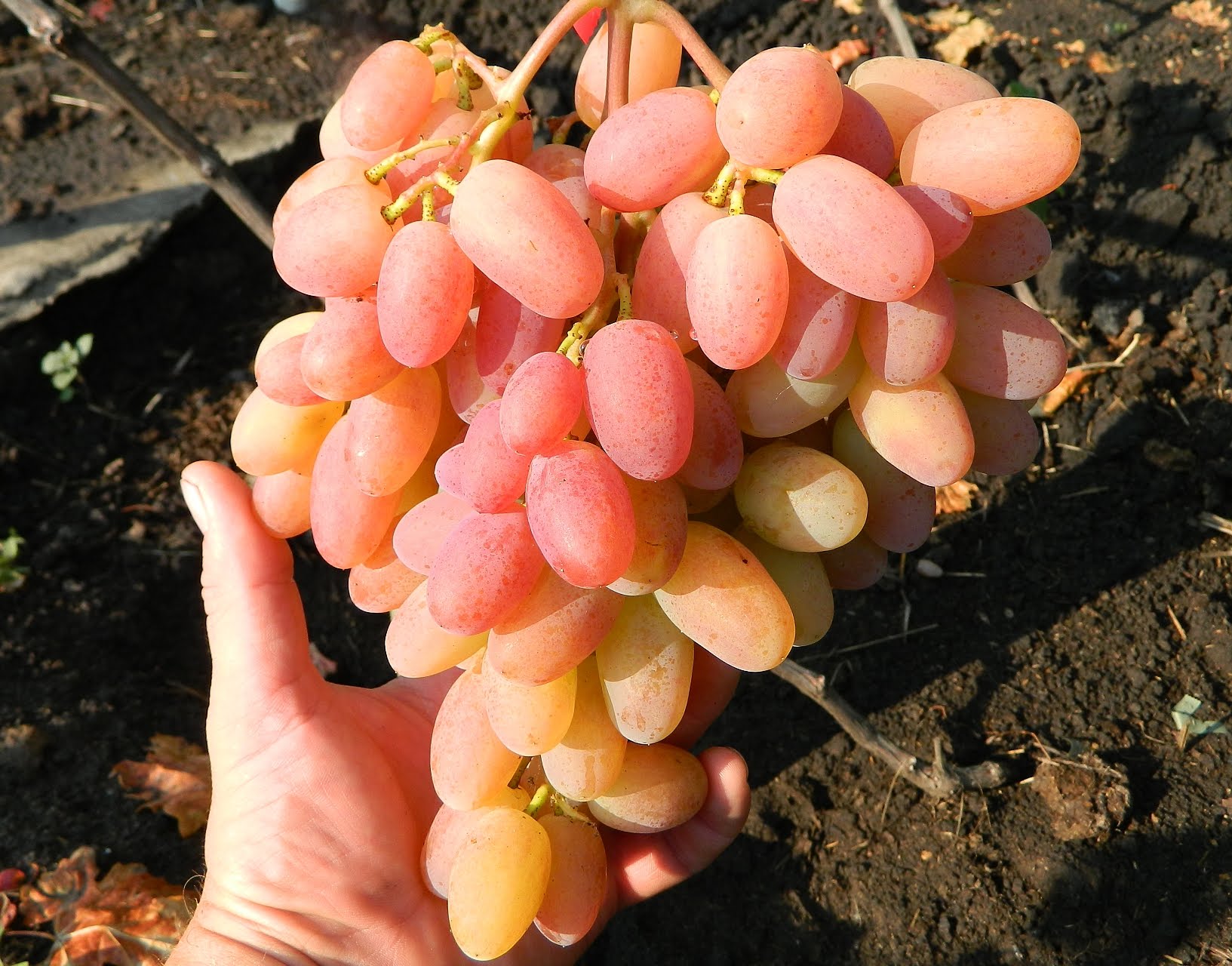
The grapes of this variety are very fond of high humidity when ripe, but they are afraid of getting wet
Varietyvery well reacts to root or aerial (leaf spraying) top dressing. Fertilizershim necessary, since grapes spend a lot of energy on fruiting. It is better to purchase potassium-phosphorus preparations for feeding. During the growing season, including the ripening of the bunch,well every 2 weeks, spray the grapes with magnesium sulfate (250 g for 1 bucket of water).
Preventive spraying with colloidal sulfur will help protect the grapesfrom diseases: oidium and downy mildew,better known among winegrowers like mildew.
Pruningshould be carried out in spring and autumn, forming the paws of the grapes. In the summer, before the berries ripen,need to cut off leaves covering bunchesfrom sunlight. This will speed up the ripening and increase the size of the grapes.
Pros and cons of the variety
If we sum up the above, then we can safely say that the variety presented in the articleis an pretty convenient for cultivation indifferent climatic conditions. And to growhim even a beginner can, given the advantages:
- resistant to drought and frost (subject to proper shelter in cold regions);
- rarely gives in to fungal diseases and is resistant to pests;
- attractive appearance and aromatic taste;
- transportable, differentgood keeping quality,long retains its presentation.
Among the shortcomings, some growers noteexactingness to the choice of landing site: sunny, windless side. Not onof all plots, similar conditions are possible, but even in this case, gardeners find a way out by erecting artificial walls and shelters for bushes.
